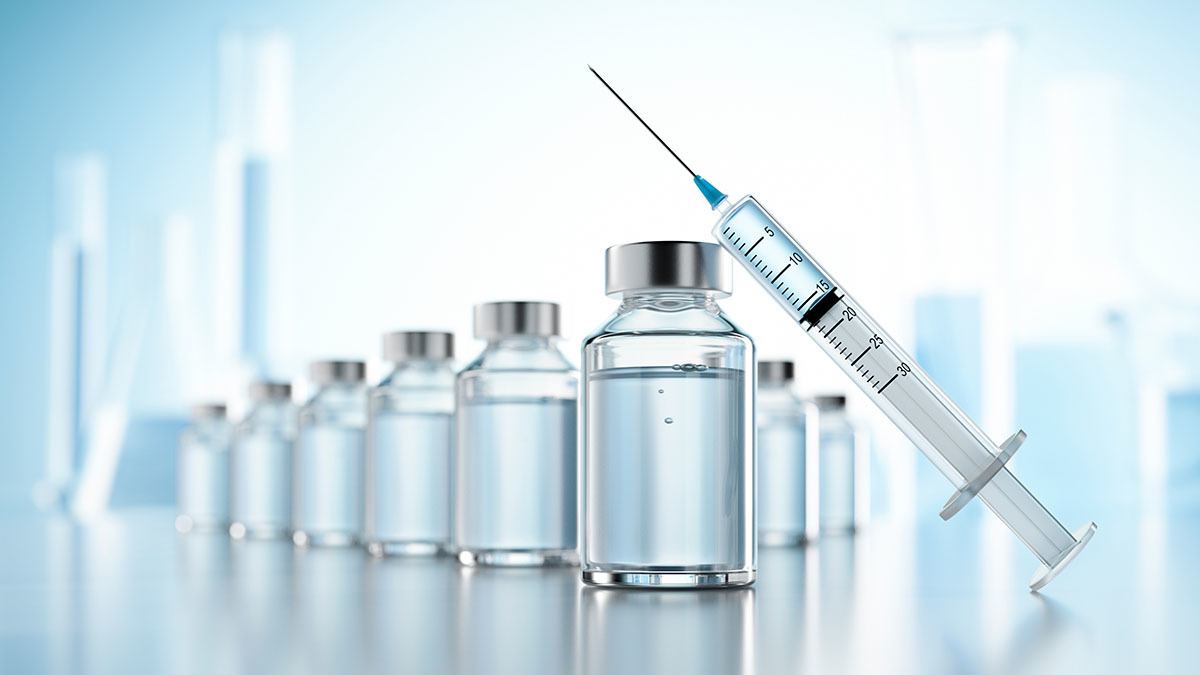USP Ion Chromatography Extractables Testing
The process of USP Ion Chromatography (IC) Extractables Testing is a critical component in pharmaceutical quality assurance, ensuring that the materials used in drug manufacturing do not introduce unwanted substances into the final product. This testing method is particularly important for plastics, rubber, metals, and other materials that come into contact with drugs during processing or packaging.
The USP (United States Pharmacopeia) standards specify stringent criteria to ensure pharmaceutical safety. Ion Chromatography uses a high-performance liquid chromatograph equipped with an ion-selective detector to separate ionic species based on their affinity for the stationary phase. This method allows for precise quantification of extractable ions, which is essential in identifying potential contaminants that could leach into drug products.
The testing process involves several steps: first, the sample must be prepared according to specific guidelines provided by USP methods. The sample is then subjected to a series of solvents designed to simulate real-world conditions, such as acidic, neutral, and basic pH environments. This step ensures that all potential extractables are released into solution.
Once extracted, the solutions undergo filtration and injection into the ion chromatograph for analysis. The separation and quantification of ions provide a comprehensive profile of the material's potential to leach contaminants. The results are compared against USP limits to determine compliance. Compliance with these standards is crucial because it ensures that the pharmaceutical product remains safe and effective throughout its lifecycle.
Compliance officers and quality managers rely on this testing method to ensure regulatory adherence, while R&D engineers benefit from insights into material compatibility and potential risks. Procurement teams can use the results to select suppliers who meet stringent quality standards.
The USP Ion Chromatography Extractables Testing process is not just about compliance; it also supports continuous improvement in drug safety and efficacy. By identifying potential issues early, manufacturers can implement corrective actions before they impact patient health.
Scope and Methodology
The scope of USP Ion Chromatography Extractables Testing is broad, encompassing a wide range of materials used in pharmaceutical manufacturing. This includes plastics, rubber, metals, and other substrates that could potentially leach ions into drug products. The methodology involves several key steps:
- Sample Preparation: The sample is cut to standard sizes and shapes, ensuring consistency across tests.
- Solvent Selection: Solvents are chosen based on their ability to simulate real-world conditions, such as acidic, neutral, and basic pH environments.
- Extraction Process: The sample is exposed to the selected solvents under controlled conditions to ensure thorough extraction of potential contaminants.
- Filtration and Injection: Extracted solutions are filtered and injected into an ion chromatograph for analysis.
- Data Analysis: Chromatograms are analyzed to identify and quantify the ions present in the extractable solution.
The methodology is based on USP General Chapter Chapter 611 and other relevant standards. Compliance with these guidelines ensures accurate and reliable results.
The equipment used in this testing process includes a high-performance liquid chromatograph equipped with an ion-selective detector, along with various solvents and filtration devices. The system's precision is critical for obtaining repeatable and reproducible results.
International Acceptance and Recognition
The USP Ion Chromatography Extractables Testing method has gained widespread acceptance and recognition globally. This is due to its stringent standards and proven reliability in ensuring pharmaceutical safety. Many countries have adopted or referenced these methods in their own regulations, recognizing the importance of this testing process.
ISO (International Organization for Standardization) and ICH (International Conference on Harmonisation) guidelines also support the use of USP Ion Chromatography Extractables Testing as a best practice. This method is recognized not only by regulatory bodies but also by industry leaders, ensuring that pharmaceutical manufacturers worldwide adhere to high-quality standards.
The widespread adoption of this testing process reflects its critical role in maintaining drug safety and efficacy. By adhering to these international standards, pharmaceutical companies can ensure consistency across their global operations and meet the expectations of regulators and patients alike.
Use Cases and Application Examples
- Polyethylene Terephthalate (PET) Bottles: PET bottles are widely used in pharmaceutical packaging. Testing these materials for extractables helps ensure that they do not introduce harmful substances into the drug product.
- Plastic Capsules: Plastic capsules can come into direct contact with tablets and capsules, potentially leaching ions or other contaminants. Extractables testing ensures that these materials are safe for use.
- Metallic Components: Metallic components in drug delivery systems must be tested to ensure they do not release harmful ions when exposed to the intended environment.
- Plastic Syringes and IV Bags: These materials can potentially leach into solutions used for intravenous administration. Extractables testing ensures that these materials are safe for patient use.
In addition to these examples, extractables testing is also critical for rubber seals, coatings, and other materials that come into contact with drug products during manufacturing or packaging. By identifying potential contaminants early in the development process, pharmaceutical manufacturers can make informed decisions about material selection and processing conditions.





